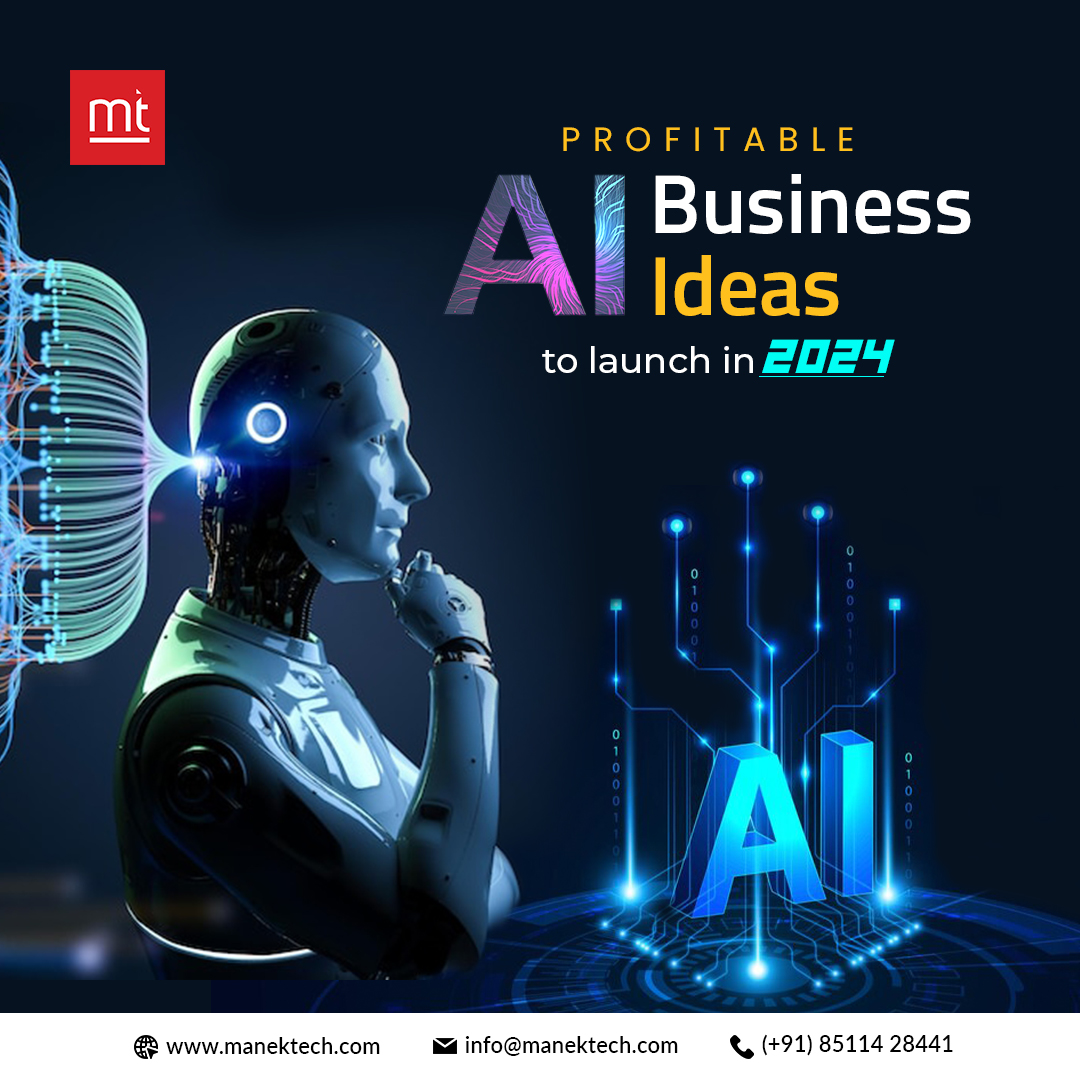
In today’s rapidly evolving business landscape, the integration of artificial intelligence (AI) and machine learning (ML) technologies has become imperative for staying competitive and driving growth. From marketing and sales to human resources and IT, AI offers solutions to a myriad of real-world challenges faced by businesses. In this guide, we’ll explore Unlocking Business Success: How AI Solves 10 Real-World Challenges in 2024 ten key areas where AI can make a significant impact, revolutionizing workflows and unlocking new opportunities for success.
Table of Contents
1. Marketing AI in 2024:

AI-powered analytics, natural language processing (NLP), and generative AI are transforming marketing strategies. Marketers can leverage AI to gain insights into customer behavior, personalize recommendations Unlocking Business Success, and create engaging content efficiently. For example, Nike’s “By You” campaign utilizes AI to offer personalized customization options for consumers.
- AI-Powered Analytics: Analyzing customer data to personalize marketing campaigns and improve targeting.
- Natural Language Processing (NLP): Understanding customer sentiment and optimizing content for engagement.
- Generative AI: Creating compelling content and visuals to enhance brand storytelling.
2. Sales with AI in 2024:–

AI streamlines lead generation, scoring, and sales forecasting processes, empowering sales teams to identify and prioritize leads effectively. Automated lead scoring systems and AI-powered sales assistants enhance customer relationships and drive revenue growth.
- Lead Generation and Scoring: Identifying and prioritizing high-quality leads for sales teams.
- Sales Forecasting Models: Predicting future sales trends and optimizing revenue forecasts.
- AI-Powered Sales Assistants: Automating repetitive tasks and enhancing customer interactions.
3. Human Resources AI in 2024:–

AI facilitates recruitment processes by automating resume screening, candidate assessments, and customized messaging. Chatbots streamline employee onboarding, improving the new hire experience, while sentiment analysis gauges employee satisfaction and identifies areas for improvement.
- AI-Powered Recruitment: Streamlining candidate screening and selection processes.
- Chatbots for Employee Onboarding: Providing 24/7 support and guidance to new hires.
- Sentiment Analysis for Employee Satisfaction: Monitoring employee feedback and addressing concerns proactively.
4. Finance with AI in 2024:–

In the financial sector, AI algorithms detect fraud, automate bookkeeping and expense management, and provide predictive analytics for financial forecasting. These solutions optimize decision-making processes and ensure accurate financial insights.
- Fraud Detection Algorithms: Identifying and preventing fraudulent activities in financial transactions.
- Automated Bookkeeping and Expense Management: Streamlining financial processes and improving accuracy.
- Predictive Analytics for Financial Forecasting: Anticipating market trends and optimizing budget allocation.
5. Operations with AI in 2024:–

AI-powered demand forecasting optimizes inventory management, ML enables predictive maintenance to prevent equipment failures, and AI-driven supply chain optimization enhances logistics efficiency. These applications improve operational agility and customer satisfaction.-
- AI-Powered Demand Forecasting: Optimizing inventory management and supply chain operations.
- ML for Predictive Maintenance: Preventing equipment failures and minimizing downtime.
- AI-Driven Supply Chain Optimization: Enhancing logistics efficiency and reducing costs.
6. Customer Service with AI in 2024:–

AI chatbots provide 24/7 assistance, personalized recommendations, and predictive analytics to anticipate customer needs. These tools enhance customer experiences and streamline support processes, leading to higher satisfaction rates.
- AI Chatbots for 24/7 Support: Providing instant assistance and resolving customer queries efficiently.
- Unique Recommendations for Personalized Experiences: Tailoring product recommendations based on individual preferences.
- Predictive Analytics to Anticipate Customer Needs: Identifying potential issues and addressing them proactively.
7. Security:–
AI technologies detect and prevent various security threats, including financial fraud, spam, identity fraud, phishing, and malware. AI-powered threat detection and user activity monitoring bolster cybersecurity measures and mitigate risks.
- AI-Powered Threat Detection: Identifying and mitigating cybersecurity threats in real-time.
- Monitoring User Activity for Suspicious Behavior: Detecting unauthorized access and preventing data breaches.
- AI-Generated Security Incident Reports: Providing detailed insights into security incidents and recommending preventive measures.
8. Quality Control:–
AI-driven image recognition identifies defects in products, while algorithms streamline workflows and suggest optimization strategies. These solutions ensure product quality and operational efficiency.
- Image Recognition for Defect Identification: Identifying product defects and ensuring quality standards.
- AI-Driven Workflow Optimization: Analyzing processes and suggesting improvements for enhanced efficiency.
9. Manufacturing with AI in 2024:–

Generative AI accelerates product design processes, while robotics enhances manufacturing precision and efficiency. These technologies foster innovation and streamline production workflows
- Generative AI for Product Design: Accelerating product development and fostering innovation.
- Robotics for Manufacturing: Enhancing precision and efficiency in production processes.
10. IT:–
AI coding tools streamline software development processes by providing code auto-completion and analyzing source code. Additionally, businesses can leverage custom AI solutions developed by talented freelancers to address specific IT needs effectively.
- AI Coding Tools for Software Development: Streamlining coding processes and improving productivity.
- Custom AI Solutions: Developing bespoke AI solutions to address specific business needs effectively.
Conclusion: As businesses navigate an increasingly complex and competitive landscape, the adoption of AI technologies has become essential for driving growth, enhancing efficiency, and staying ahead of the curve. By leveraging AI to tackle real-world challenges across various departments, businesses can unlock new opportunities for success and position themselves as leaders in their respective industries.
